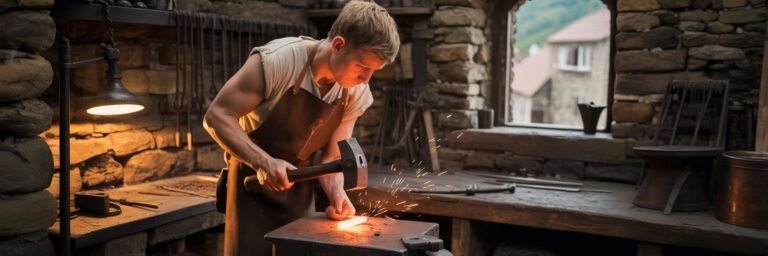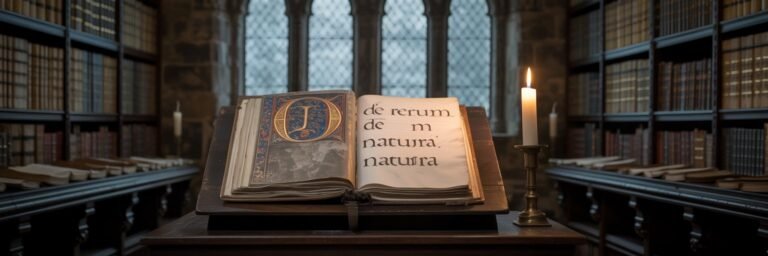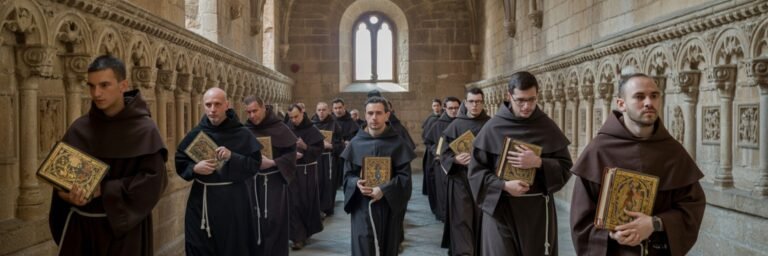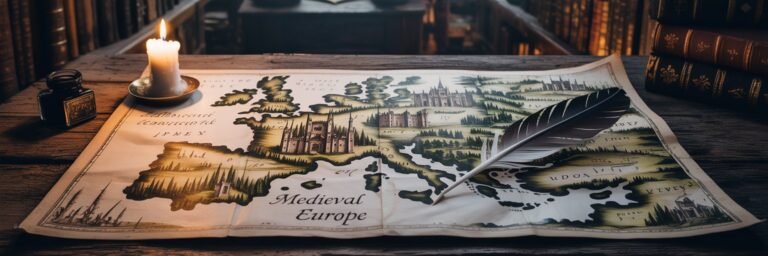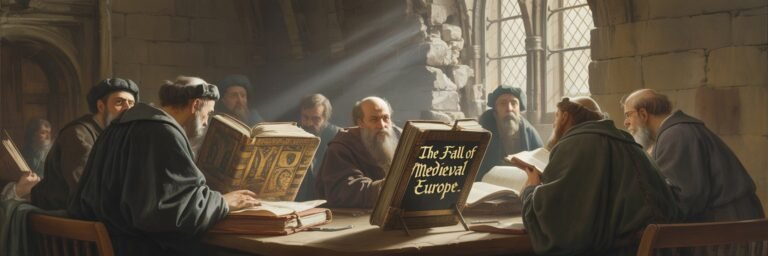INTRODUCTION
The profound tapestry of Medieval Europe unfurls a panoply of stories, narratives that snarl and intertwine through the centuries, painting a picture of a civilization in a state of constant flux, often marked by controversy, conflict, and ideological metamorphosis. This tumultuous period from the 5th to the 15th centuries, often perceived as unenlightened ‘Middle Ages’, echoes with myriad controversial, misunderstood, and oft-neglected historical moments of significant impact. In this in-depth exploration, we shall navigate these dramatic turning points in medieval history, shedding light on their enduring legacies which left indelible imprints on our modern world.
HISTORICAL BACKGROUND
An era of transition, the Middle Ages witnessed the crystallization of nations, unsettling religious schisms, and intellectual revolutions. In the haze of the crumbling Roman Empire, barbarian tribes began to gain prominence, establishing powerful kingdoms partnered with an undercurrent of cultural diffusion and exchange. Among these regal pursuits, the rise of the Byzantine Empire sprawled across the medieval world – the cultural mirror reflecting the East and West, while the Islamic caliphates’ golden age throve, engendering the cradle of innovation and advancements. Yet, Medieval Europe was not without its share of turmoil and intricacies. Oscillating between feudalism and burgeoning monarchies, inquest and papal power, the narrative of medieval Europe is a saga of drastic societal shifts and transformative ideological battles.
THEORIES AND INTERPRETATIONS
Renowned historians and academics offer disparate interpretations of these controversial incidents in Medieval Europe. Mystery shrouds the abrupt demise of the Templar Knights, an elite warrior monastic order that bore immense leverage in the socio-economic sphere. In 1314, their Grandmaster Jacques de Molay was burned at the stake – a shocking spectacle that spelled the unraveling of the order. Did the ambitious Philip IV of France conspire to annihilate the Templars to conveniently erase his mounting debts, or is there a hidden web of intrigue interwoven in orthodox literature waiting to be unraveled?
Similarly, the Investiture Controversy of the 11th century embroiled the Church and the Holy Roman Empire in a strategic power struggle over who held the right to appoint bishops. Does this not embody a paradigm shift towards secularism, where the tussle for ecclesiastical patronage transcended a religious feud and took on political dimensions?
MYSTERIES AND CONTROVERSIES
At the heart of medieval Europe’s controversies lie salient events that continue to intrigue scholars. Inquisition, synonymous with the Middle Ages, led to epochs of persecution, notably against Jews, Muslims, and those labeled as heretics. Did the Church, in its zealous quest to propagate Catholicism and eradicate heresy, instrumentalize the Inquisition as a tool of political control or was it a desperate response to perceived threats? Irrespective of intent, its impact was profound and far-reaching, rooting deeply in societal divide, bigotry, and religious absolutism.
The Great Schism of 1054 that cleaved the Christian Church into Eastern and Western factions provides another shrouded controversy. It symbolizes the culmination of theological, political, and cultural disparities. Yet, was it a necessary divergence paving the path for religious pluralism, or could it have been a historical therapeutic misstep, escalating over centuries into permanent division?
SYMBOLISM AND CULTURAL SIGNIFICANCE
These controversial moments in Medieval Europe profoundly shaped its cultural and societal ethos. The religious schisms, power struggles, and ideological conflicts persistently influenced the landscape of art, literature, and societal norms. The blend of Pagan and Christian elements emerged in the literature, like Beowulf, embodying the transition from old worldviews to new.
Moreover, the feudal system’s pervasive symbolism continues to resonate, impacting social hierarchy and structure. The Chivalric Code, spawned from feudal practices, engendered cultural beliefs in honor, courage, and allegiance which still hold critical relevance in modern societies.
MODERN INVESTIGATIONS
Modern investigations, armed with technology and novel analytical frameworks, strive to put existing theories under the microscope, offering groundbreaking reinterpretations of these contentious moments. Technological advancements, such as digital imaging and geographic information systems (GIS), shed light on the physical and epidemiological realities of the notorious Black Death. Simultaneously, scholars propose alternative readings of the Templars’ abrupt dissolution, examining mundane financial matters through the prisms of corruption, fraud, and the Machiavellian mechanics of medieval politics.
Through such modern investigations, the medieval period morphs from an era clouded in superstition and ignorance into a vibrant age of change and development, albeit wrapped in layers of conflict and controversy.
LEGACY AND CONCLUSION
The legacy of controversies from Medieval Europe continues to be far-reaching and influential. They shaped the institutional, religious, and social fabric of contemporary society, periodically echoing in our collective memory. Concepts of feudalism birthed modern political systems, while religious conflicts crystallized the spectrum of diverse Christian denominations. The mysteries persist and the controversies continue to ignite debates.
Ultimately, understanding these controversies allows us to apprehend how Medieval Europe was far more complex and vibrant than often depicted – a cauldron of colliding cultures, evolving ideologies, and conflict. Amid controversies and conflicts, the Middle Ages harbored a period of transformation, laying the foundations of the modern world. Rich in historical detail, this journey offers us a view into the heart of Medieval Europe, its controversies and transformations shaping the path of humanity and the world we inhabit today.

